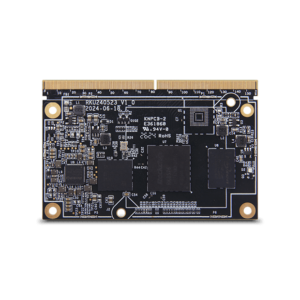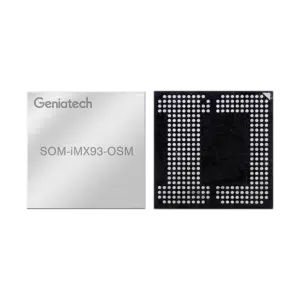Designing with Computer on Module: A Complete Guide for Developers
Designing with Computer on Module: A Complete Guide for Developers
Blog Article
The quick growth of engineering has driven substantial improvements in stuck methods, one of that will be the computer on module market Acting as a connection between custom technology and off-the-shelf adventures, the SoM is redefining how developers strategy embedded process design. This blog highlights the fundamental knowledge of a Program on Module and their growing purposes in various industries.

What is a System on Element (SoM)?
A Program on Element (SoM) is just a lightweight, ready-to-use table that integrates all of the primary components of a system on a single module. That an average of involves the model, storage, energy administration devices, and often extra peripherals like Wi-Fi or Ethernet. Unlike a normal single-board pc, an SoM doesn't include connectors and software ports pre-installed, meaning it must be combined with a copyright table to create an entire system.
Designed to improve progress workflows, the modular nature of an SoM allows designers to miss the complicated process of developing and building every person component from scratch. By adopting an SoM, businesses can concentrate more on the application-specific functions of the products.
Features of Applying System on Module
The integration of a complete program on one component presents several benefits. First, it substantially reduces the full time needed for item development. Pre-tested adventures assure stability, keeping weeks of work for design teams.
Also, the scalability of an SoM enables companies to modify performance levels centered on challenge requirements. For instance, a low-cost alternative can quickly scale in to a high-end item by replacing the processor in the component while preserving the provider table design. This process reduces executive risks while promoting long-term cost-efficiency.
Finally, the consistency of an off-the-shelf component ensures high compatibility with current resources and frameworks, making it suitable for both small startups and large enterprises aiming to to enter the market quickly.
Critical Applications of SoM in Stuck Programs
The use of Program on Adventures spans many high-demand industries including although not limited by medical products, automation, and consumer electronics.
Medical Products
Reliability and consistency are paramount in healthcare. Process on Modules with protected control abilities are embedded in screens, imaging products, and lightweight diagnostic tools.
Industrial Automation
Robust and energy-efficient, an SoM is a must for professional control techniques and autonomous robotics. Their scalable structure helps high-speed knowledge processing and IoT connectivity.
IoT Devices

Customer items like wise thermostats, wearable products, and even house personnel combine an ultra-compact Program on Module for seamless performance.
The Process on Module continues to achieve footing due to its paid down complexity and flexibility, cementing itself as a future-proof solution in the embedded programs sphere. Market leaders already are leveraging these segments, and their range is likely to grow even more as technology evolves.
Report this page